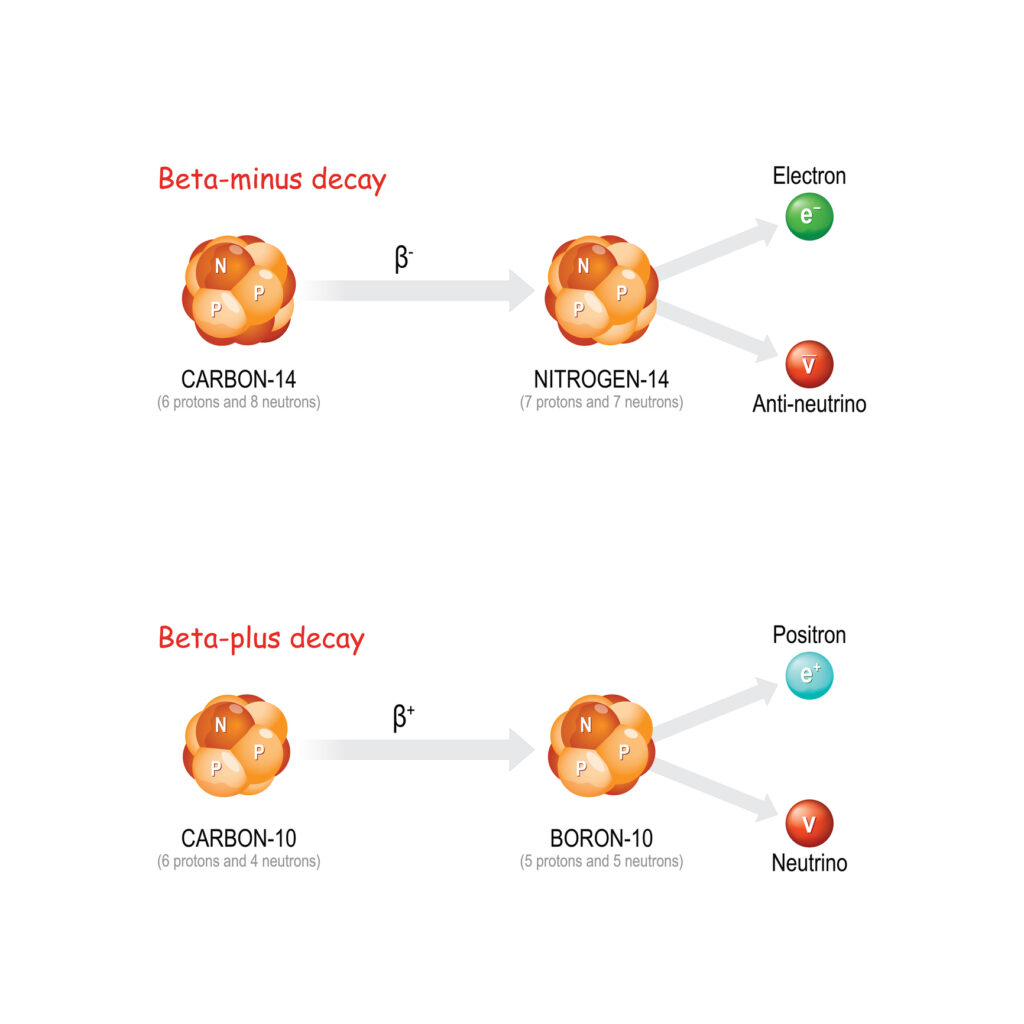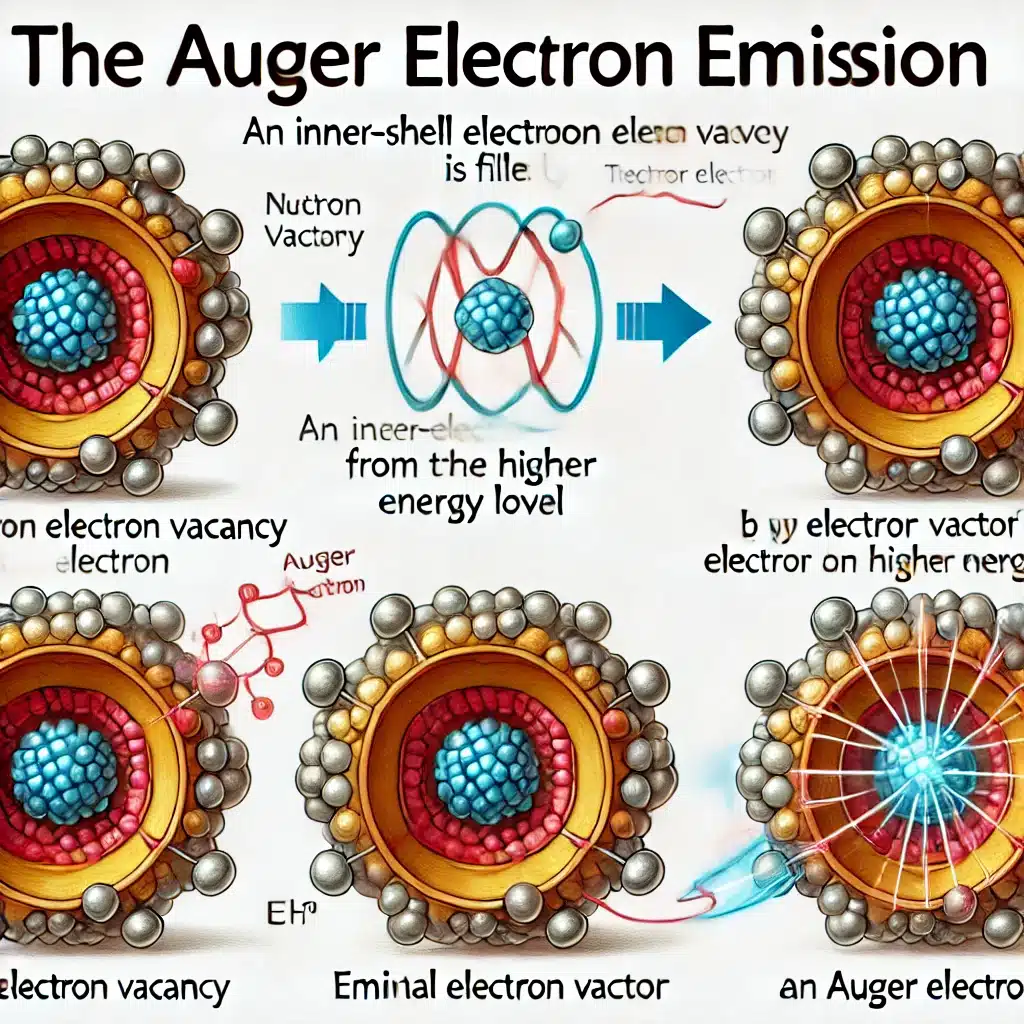Summary: Liquid scintillation counting (LSC) is a vital analytical technique in the field of radioactivity measurement, extensively used for detecting low-energy beta-emitting isotopes. This article looks into the fundamentals of LSC, its operating principles, components, sample preparation, data interpretation, and its numerous applications across various scientific domains. It also discusses the challenges associated with LSC and future prospects in the enhancement of this technique.
Introduction to Liquid Scintillation Counting
Liquid scintillation counting (LSC) is a sophisticated method for quantifying radioactive decay, particularly effective for beta particles and low-energy emitters. Since its development in the mid-20th century, LSC has become indispensable in fields such as environmental monitoring, radiopharmaceuticals, and biochemical research. Its high efficiency, ability to handle low-energy isotopes, and versatility in sample types set it apart from other counting techniques.
Principles of Liquid Scintillation Counting
The principle behind LSC revolves around the interaction between radioactive decay particles and a scintillation cocktail, producing photons detectable by the instrument. When a radioactive sample is mixed with the scintillation solution, the emitted beta particles transfer energy to the scintillating molecules in the liquid. This energy transfer results in the emission of light photons, which are then detected and quantified by photomultiplier tubes (PMTs) within the LSC instrument.
Key Components of Liquid Scintillation Counting
LSC systems comprise several critical components that enable accurate and reliable measurements:
Scintillation Cocktail
The cocktail is a solution that usually contains a solvent (e.g., toluene, xylene, or pseudocumene) and a solute (fluor). The solvent transfers energy to the fluor, which emits light in response to excitation by radioactive decay. Modern scintillation cocktails may also include surfactants and other additives to enhance solubility and reduce quenching effects.
Photomultiplier Tubes (PMTs)
PMTs are sensitive detectors that convert the light emitted by the scintillation cocktail into an electrical signal. Each photon that reaches the PMT generates a cascade of electrons, producing a measurable electrical pulse proportional to the energy of the detected photon.
Counting System and Electronics
The system’s electronic components record and process the electrical signals from the PMTs. The LSC system typically employs dual PMTs to reduce background noise and improve detection accuracy through coincidence counting, where only simultaneous signals from both PMTs are considered valid.
Data Analysis Software
Modern LSC instruments are equipped with software that processes and analyses data, including background subtraction, quenching correction, and pulse height analysis. This software enables accurate determination of sample activity and ensures reliable interpretation of results.
Sample Preparation Techniques
Proper sample preparation is crucial for obtaining accurate results in LSC. Key considerations include:
Selection of Scintillation Cocktail
The choice of scintillation cocktail depends on the sample’s properties, such as its chemical composition and the type of radioisotope. Water-miscible cocktails are commonly used for aqueous samples, whereas organic cocktails are suitable for non-aqueous samples.
Sample Mixing
The sample must be uniformly mixed with the scintillation cocktail to ensure consistent contact between radioactive particles and the scintillant. This can be achieved through gentle shaking or vortexing.
Quenching Considerations
Quenching refers to the reduction in light output from the sample and can arise from chemical or colour interferences. Chemical quenching is due to substances in the sample that compete for energy absorption, while colour quenching results from coloured samples that absorb emitted photons. To correct for quenching, LSC systems use an external standard or an automated quench curve.
Counting Process and Data Interpretation
Counting Protocol
The prepared sample is placed in a vial and inserted into the LSC system. The system counts the light pulses over a set period, usually measured in minutes. The duration depends on the desired level of precision and sample activity.
Pulse Height Analysis
LSC instruments categorise detected pulses based on their height, which correlates with the energy of the emitted radiation. This analysis allows for distinguishing between isotopes with overlapping emission spectra and detecting specific energy windows.
Quenching Correction
Quenching correction is essential to ensure accurate results. Modern LSC systems employ quench monitoring through external standardisation, which helps create a quench correction curve for calibrating sample results.
Background Counting
Background radiation contributes to baseline noise in the measurements. To address this, LSC systems run background counts using blank samples to subtract the background contribution from the total count.
Applications of Liquid Scintillation Counting
LSC has been found to be extensively used across various scientific and industrial fields due to its sensitivity and adaptability.
Environmental Monitoring
LSC plays a pivotal role in monitoring radioactive contamination in environmental samples, such as water, soil, and air. It is used to detect isotopes like tritium and carbon-14, which are vital for assessing the impact of nuclear facilities and environmental safety.
Radiopharmaceutical Research
In pharmaceutical and medical research, LSC is employed to measure radiolabelled compounds used in diagnostic and therapeutic procedures. Accurate measurement of radioactivity helps ensure proper dosages and study the biodistribution of these compounds in clinical settings.
Biochemical Assays
LSC is widely used in biochemical research for tracing radioactively labelled molecules in metabolic studies, enzyme assays, and DNA sequencing. The method provides high sensitivity and is ideal for detecting low-energy beta emitters such as tritium and carbon-14.
Age Determination and Carbon Dating
Carbon-14 dating utilises LSC to measure the decay of carbon-14 in archaeological and geological samples. The technique helps determine the age of ancient artefacts and fossils with a high degree of accuracy.
Challenges and Limitations of LSC
While LSC is an effective and reliable method, it comes with challenges that users must address to optimise results:
Quenching Effects
Quenching remains a major limitation in LSC as it can significantly alter counting efficiency. Chemical additives and careful sample preparation can help minimise quenching, but developing consistent correction methods is essential.
Sample Handling and Safety
Handling radioactive samples requires strict adherence to safety protocols to prevent contamination and exposure. Laboratories must maintain rigorous standards for the disposal of radioactive waste and the use of personal protective equipment (PPE).
Background Interference
Background radiation can interfere with measurements, particularly when dealing with low-activity samples. Advanced LSC systems mitigate this with sophisticated background subtraction methods, but maintaining a low-background environment is also essential.
Advances and Future Prospects in LSC
The field of LSC continues to evolve with the development of improved scintillation cocktails, enhanced detection systems, and automated sample processing. Future advancements may focus on the following:
Eco-Friendly Scintillation Cocktails
There is a growing interest in developing non-toxic and biodegradable scintillation cocktails to address environmental concerns related to disposal and chemical waste management.
Improved Detection Sensitivity
Technological improvements in PMTs and photodiode arrays aim to enhance the sensitivity of LSC systems, making them capable of detecting even lower levels of radioactivity with greater precision.
Integrated Data Analysis Tools
Integrating machine learning and artificial intelligence in LSC software can facilitate more accurate data interpretation and automate quenching correction, minimising human error and improving result reliability.
Conclusion
Liquid scintillation counting remains a vital tool in radioactivity measurement due to its sensitivity and versatility. By understanding its principles, carefully preparing samples, and employing proper correction techniques, researchers can effectively use LSC across various applications. While challenges such as quenching and background interference exist, ongoing advancements in technology and sustainable practices promise to enhance LSC’s capabilities further.
In summary, LSC’s importance in scientific research, environmental monitoring, and medical applications is undisputed. As the field advances, LSC is set to remain an indispensable technique, contributing to safer and more precise measurements of radioactive isotopes.
Disclaimer
The information presented in this article is intended for educational and informational purposes only. While every effort has been made to ensure the accuracy and reliability of the content, Open Medscience makes no warranties or representations, express or implied, regarding the completeness, accuracy, or suitability of the information provided.
This article does not constitute professional advice or guidance for laboratory practices, radiation safety, or regulatory compliance. Users are responsible for ensuring that any techniques, materials, or procedures described herein are employed in accordance with relevant safety standards, legal requirements, and institutional policies.
Open Medscience and the authors disclaim any liability for direct or indirect loss, injury, or damage resulting from the use or misuse of any information contained in this publication.
For specific guidance, please consult qualified professionals or refer to authoritative sources and regulatory bodies.
You are here: home » diagnostic medical imaging blog »



